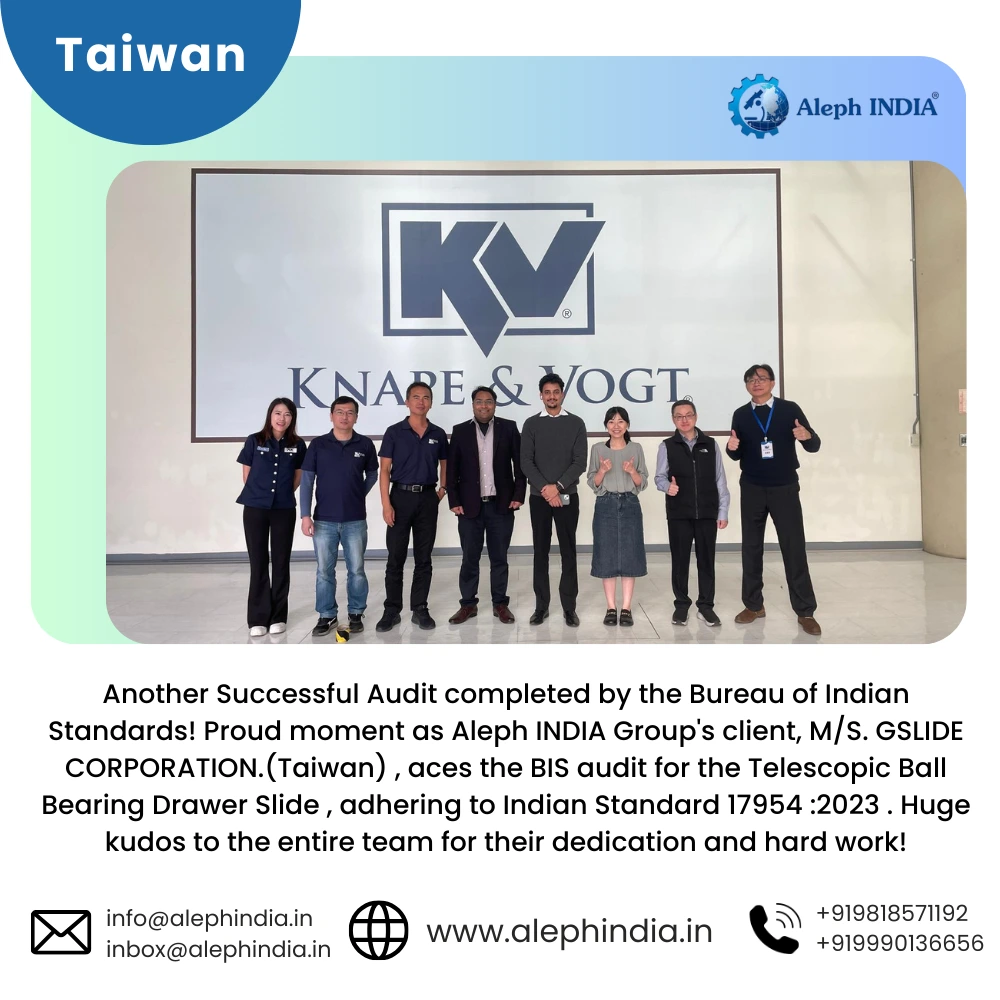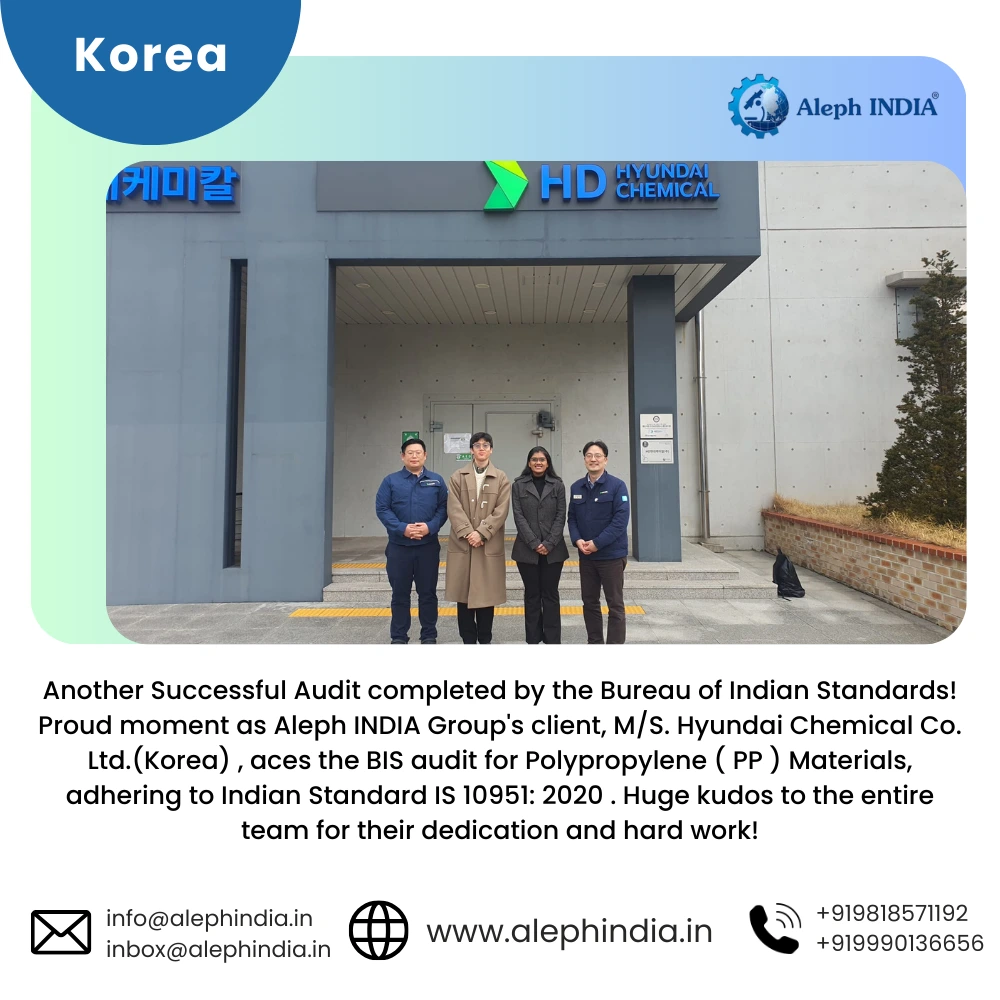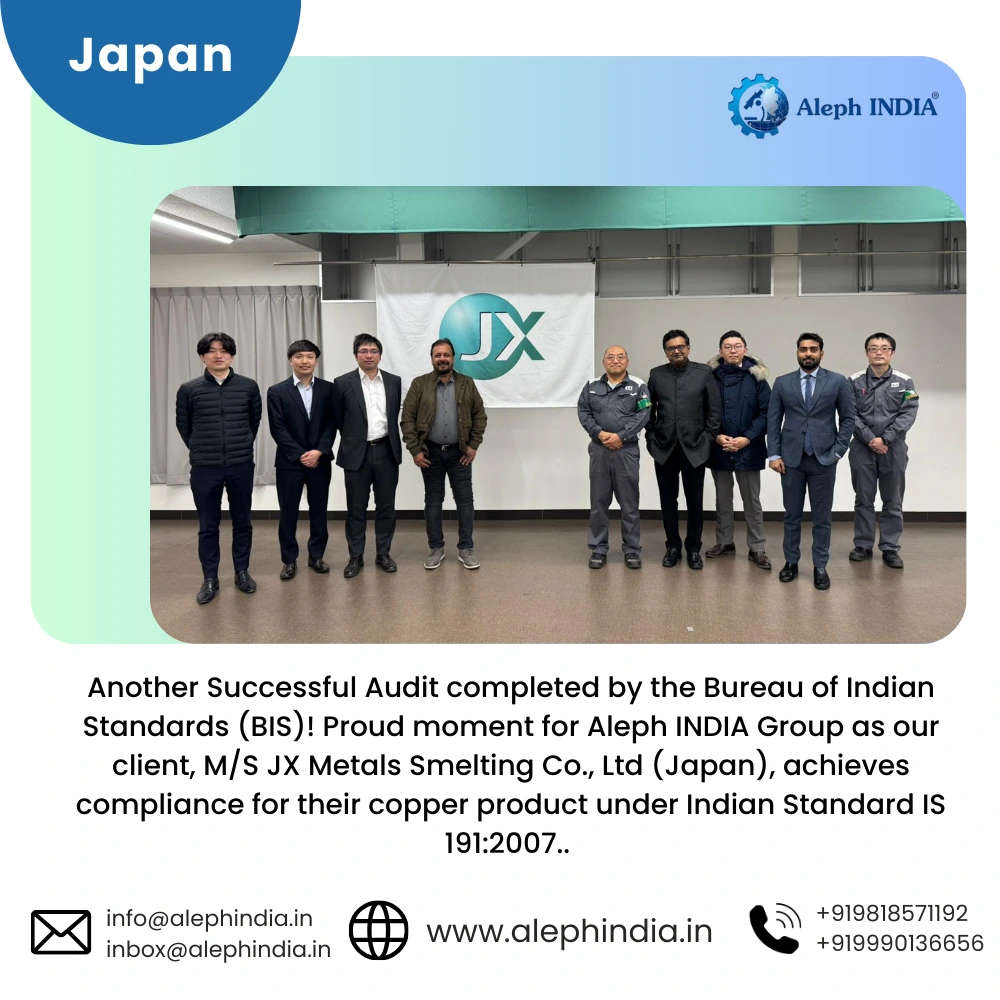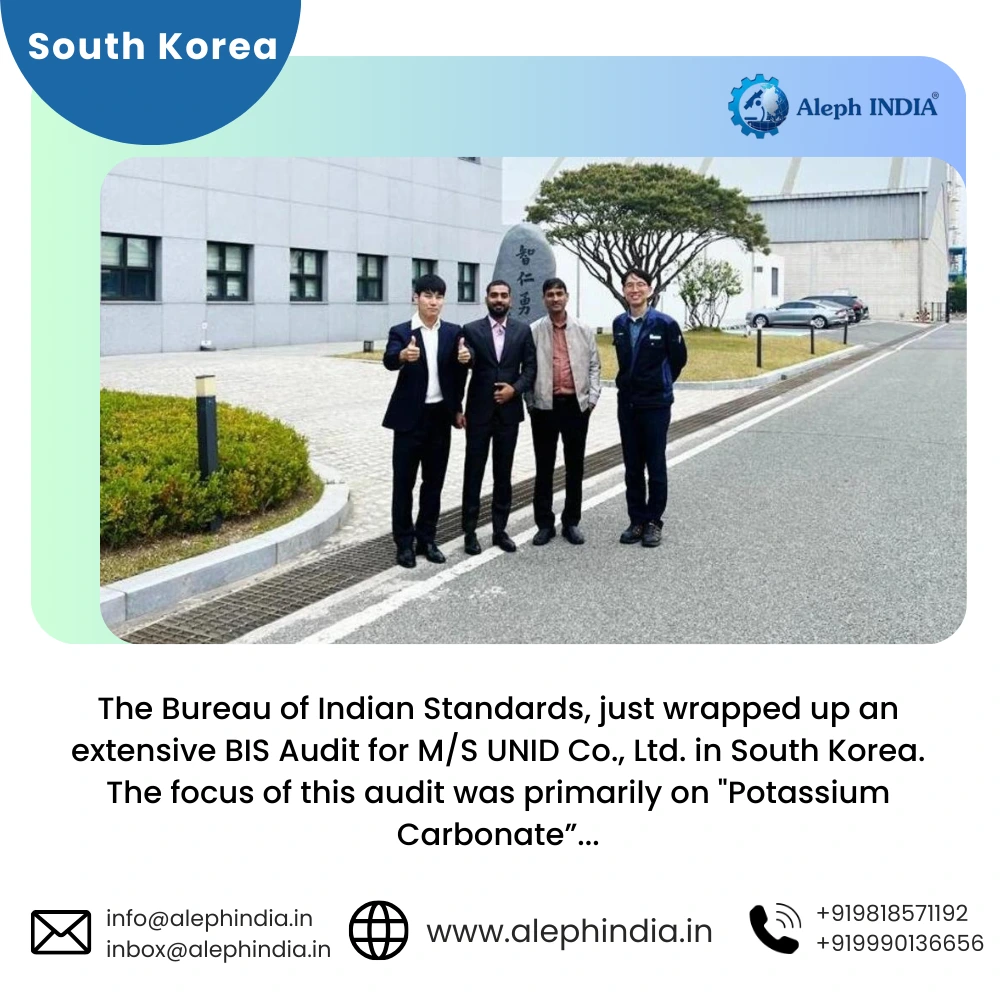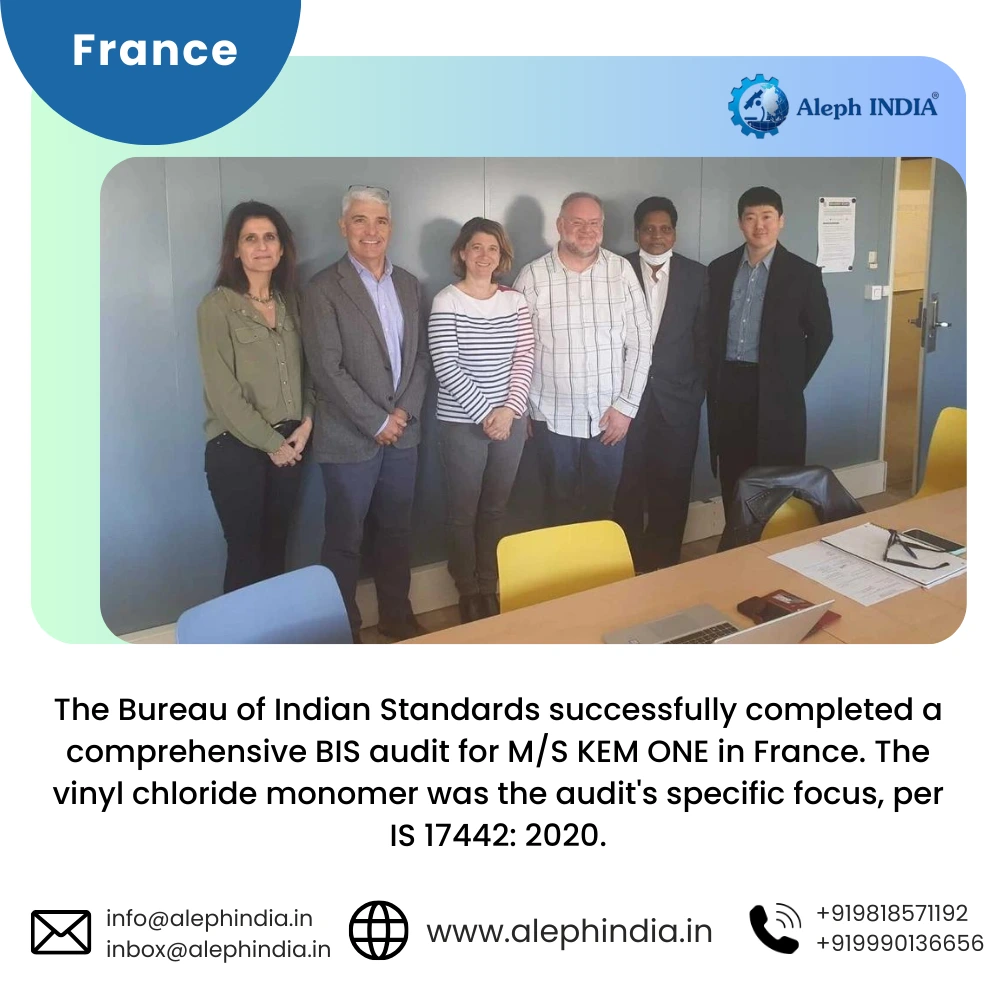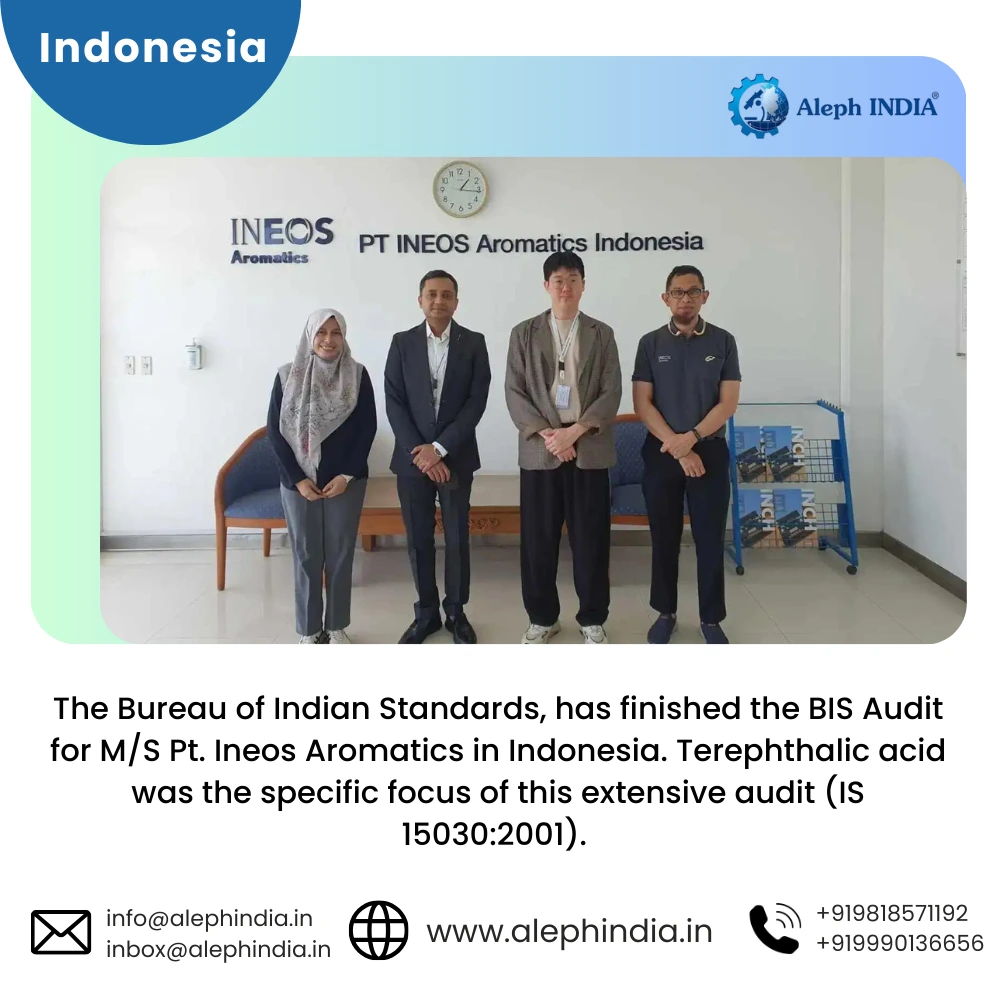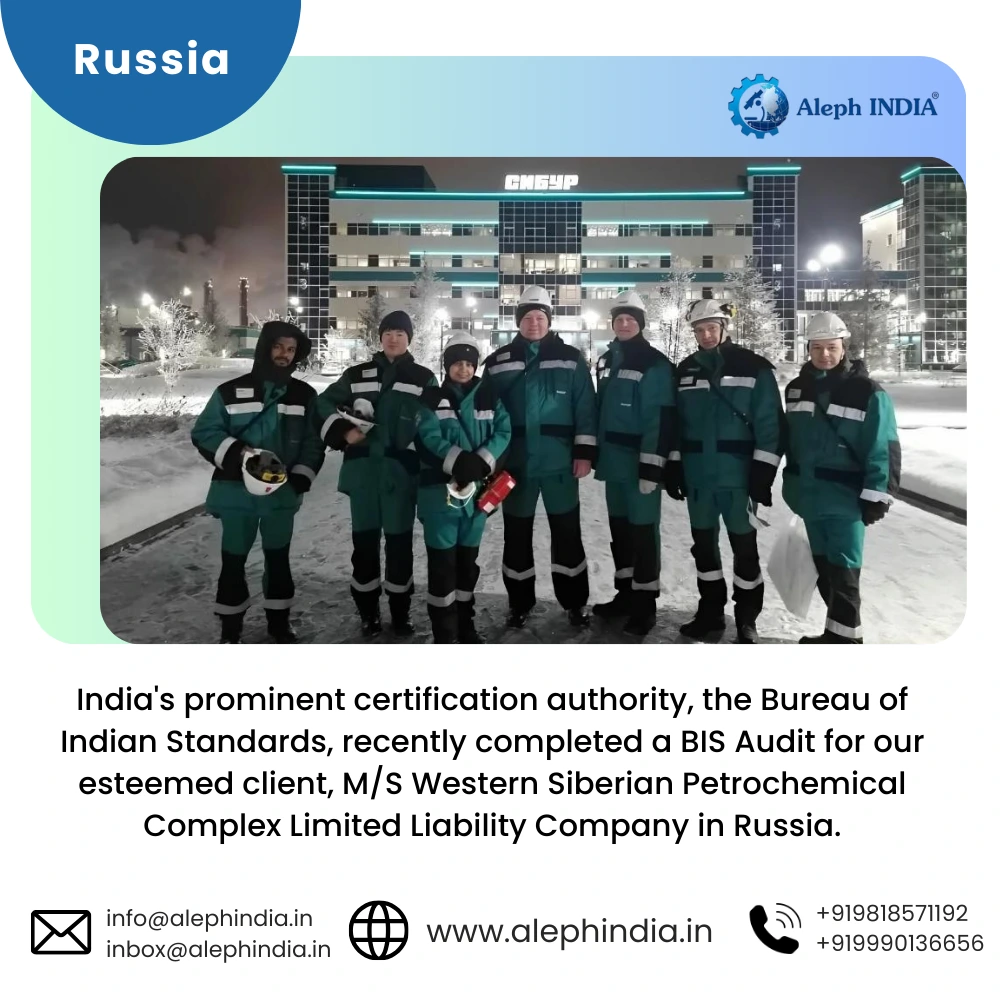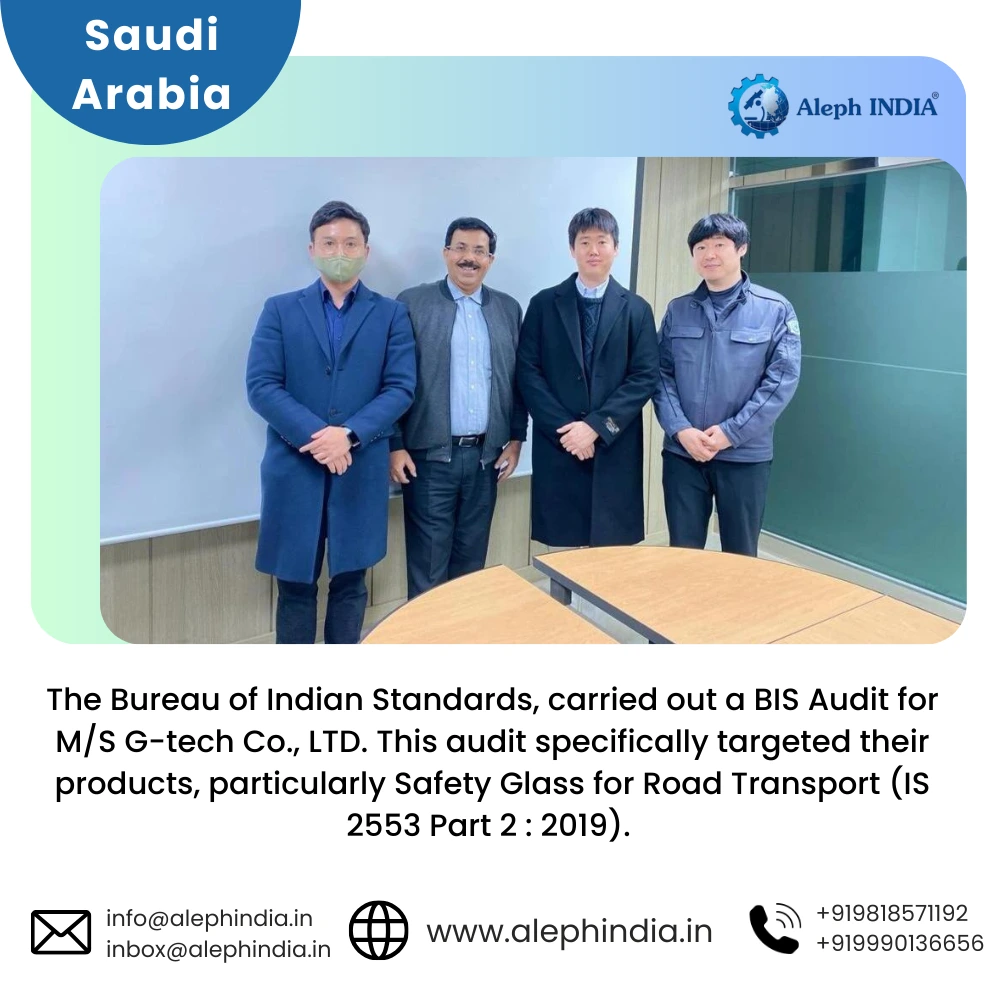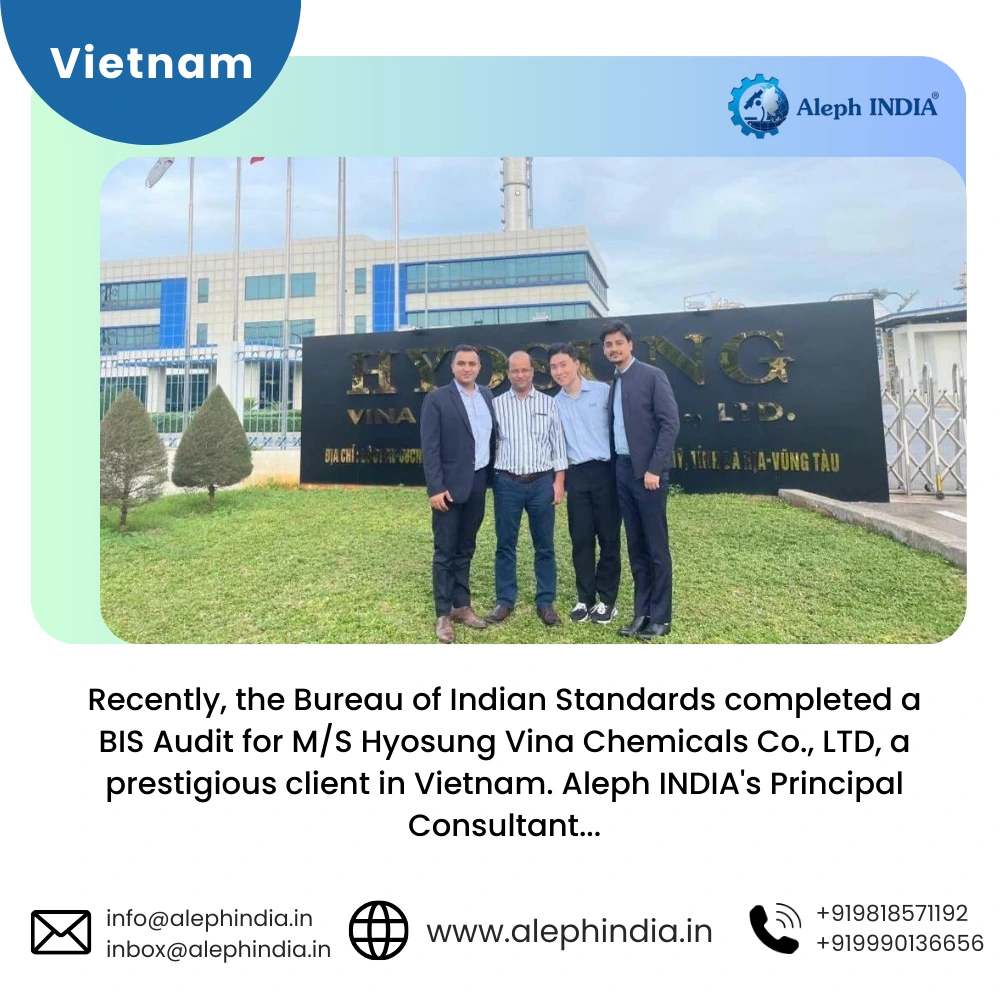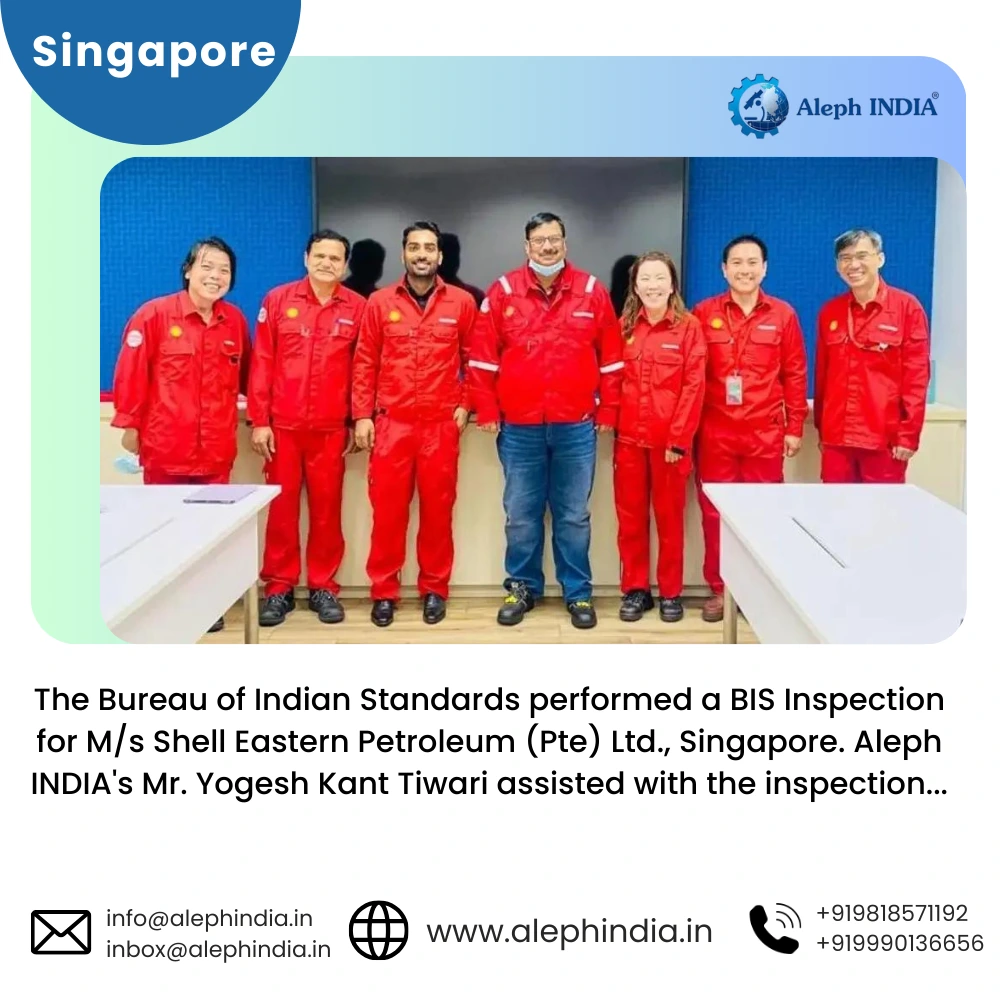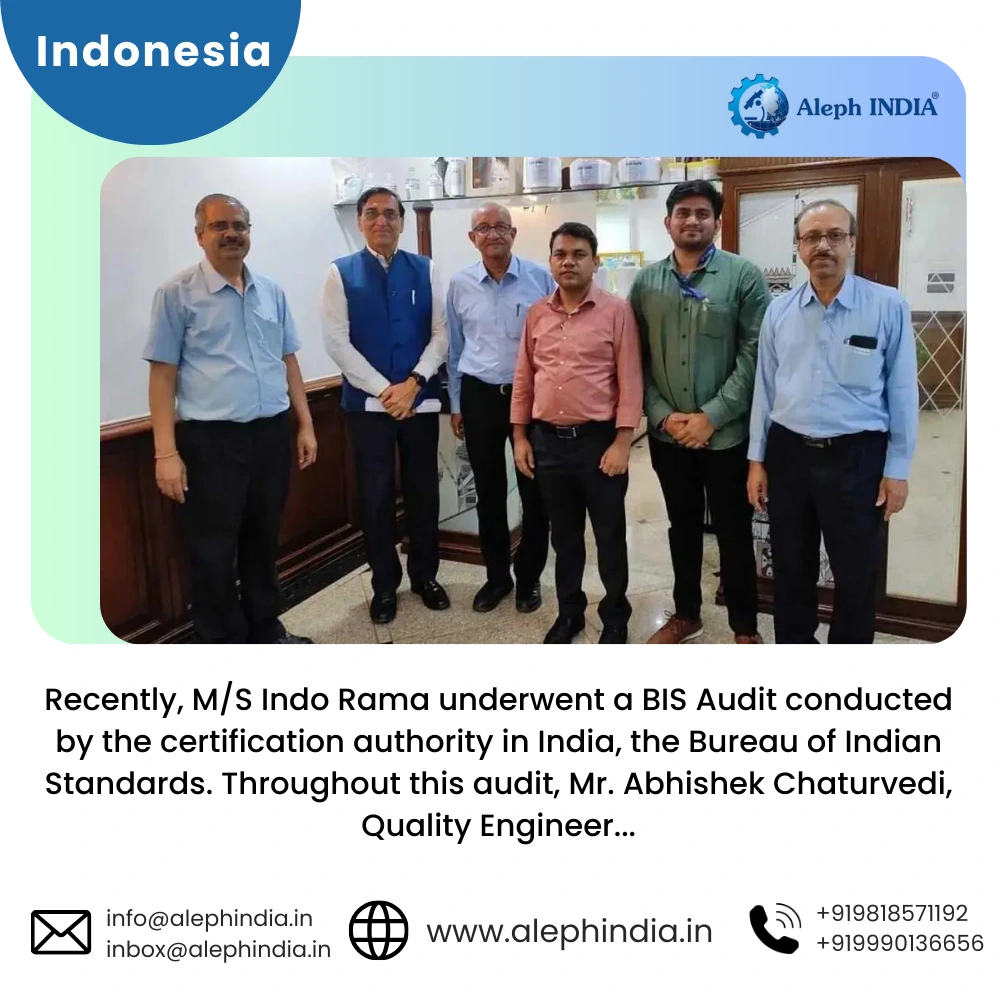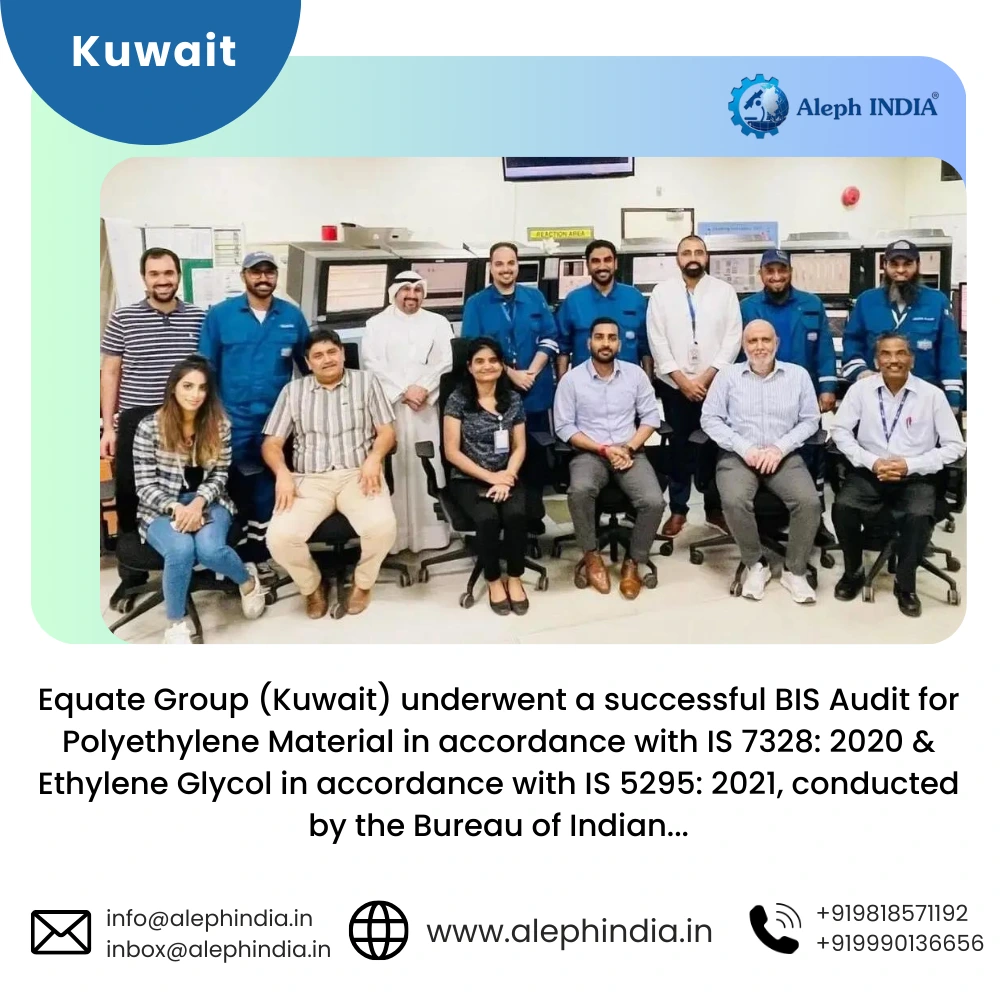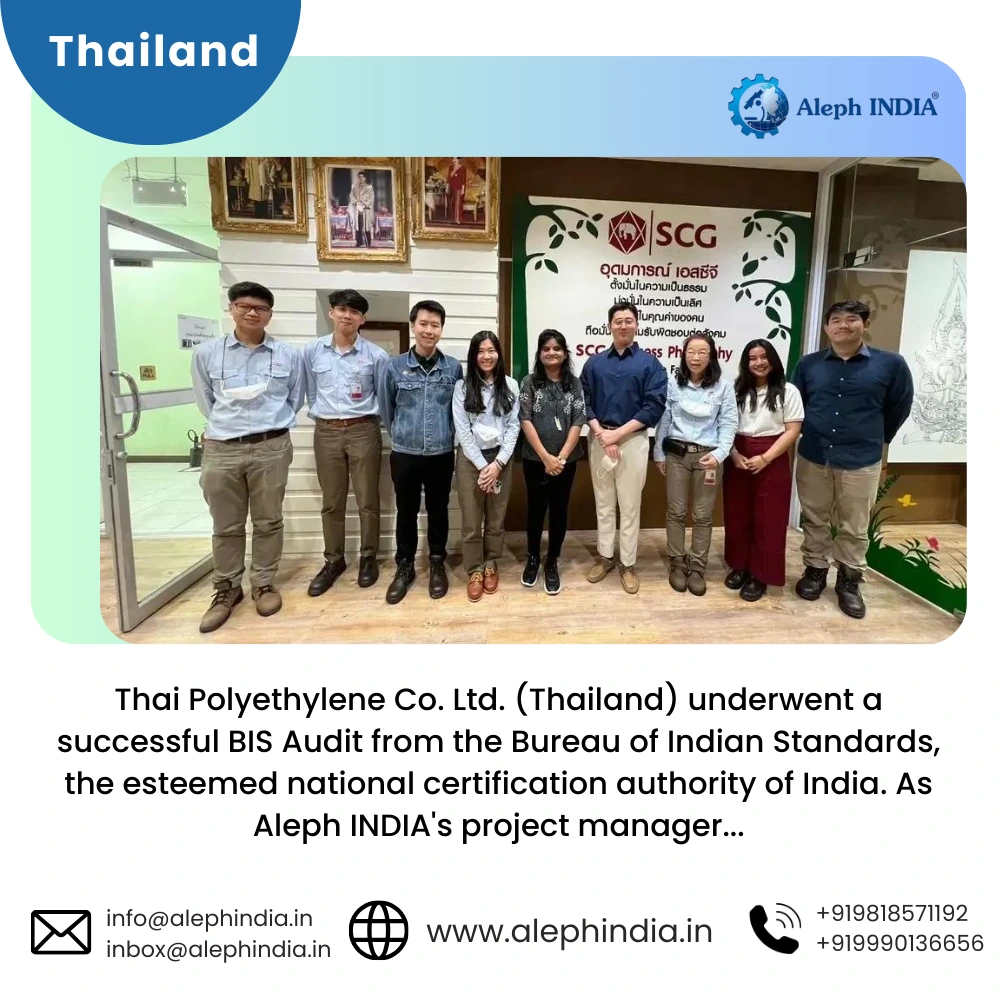BIS CERTIFICATION for Corrugated And Semi – Corrugated Asbestos Cement Sheets IS 459:1992
Published Date: November 7, 2024 4 min Read
Introduction
IS 459:1992 is an Indian Standard that refers to corrugated and semi-corrugated asbestos cement sheets under BIS Certification, these are mainly used in the construction industry. Such sheets have been widely used in roofing and siding as they have a long life and cannot corrode even in extreme weather conditions. The end use of Corrugated And Semi-Corrugated asbestos Cement Sheets comprises residential buildings, commercial buildings, and industrial centres. They have the quality of strength and are durable, thereby making them cost-effective for various building projects.
The market for these products remains robust, mainly in high-demand areas with easy access to durable and affordable building materials. All such reasons will help them know the fees for BIS Certification so that they have a good chance of successful customs clearance for a prosperous business life in India.
OVERVIEW
IS 459:1992 is an Indian Standard entitled Corrugated and Semi-Corrugated Asbestos Cement Sheets Specification; it specifies requirements for use in roofs and walls, industrial, residential, agricultural, commercial, and institutions. This standard ensures that the materials used meet safety and quality requirements, such as durability and fire resistance, as well as water absorption. Under IS 459:1992, products are reliable, safe, and protect public health, while also enhancing building strength. The Bureau of Indian Standards adheres to such criteria for safe construction.
Key highlights
| Product Name | Corrugated And Semi – Corrugated Asbestos Cement Sheets |
| Applicable Indian Standard | IS 459:1992 |
| Applicable Certification Scheme | Product Certification Scheme (ISI Mark Scheme) Scheme 1 |
| Applicable Mark: | BIS Standard Mark (ISI Logo) |
| Compliance Requirement | Mandatory |
| Quality Control Order | Click here |
| Ministry | MINISTRY OF COMMERCE AND INDUSTRY |
| Scope as per Standard | This standard covers corrugated and semi-corrugated asbestos cement sheets, designed to provide structural weather exposed surfaces of roofs and building walls of industrial, residential, agricultural, commercial and institutional types of buildings and for decorative and other purposes. |
| Major Country of Import | India |
Applicable Tests
Mandatory Tests:
- Dimensions and tolerance
- Load Bearing Capacity
- Impermeability test
- Frost cracking test
Optional Tests:
- Fly ash
- Colouring matter
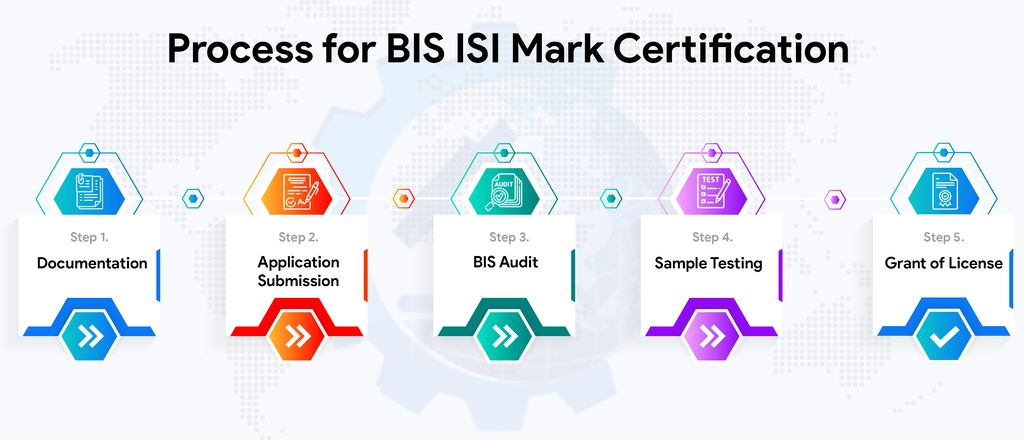
Note
For Detailed Information about the Procedure for BIS ISI Certification, Visit :
Timeline for BIS Certification
The approximate timeline to obtain BIS certification for Corrugated And Semi – Corrugated Asbestos Cement Sheets IS 459:1992 is as follows:
- For Indian Manufacturers (Standard Timeframe – 30 days)
- For Foreign Manufacturers (Standard Timeframe – 180 days)
Benefits of BIS Certification
BIS certification improves product trust, helps manufacturers stand out, and opens doors to the Indian market.
| Benefit | Description |
|---|---|
| Access to the Indian Market | Many products need BIS certification to enter and trade smoothly in India. |
| Compliance with Indian Standards | It ensures products meet national safety and quality rules. |
| Enhanced Product Credibility | Certification shows quality, making products more attractive to buyers. |
| Increased Customer Trust | Customers prefer certified products because they meet strict safety and performance standards. |
| Benefits for MSMEs | Small and medium businesses can compete better and access government contracts with BIS certification. |
Conclusion
BIS certification is essential for quality and growth in India. ALEPH INDIA helps manufacturers achieve this important certification.
Aleph INDIA has been serving the industry as a single-window operator for all product regulatory compliance. We can assist importers or manufacturers in meeting all criteria for importing or selling a product in the Indian market.
Frequently Asked Questions
International Audits & Participation
Testimonials
BIS REGISTRATION FOR ELECTRONIC & IT PRODUCT
In the era of globalization, world trade is growing rapidly and henceforth, Manufacturing and Import/Export businesses are also growing drastically...View More
BIS CERTIFICATE FOR FOREIGN MANUFACTURER
The Economy of India-the fastest developing economy on the globe with the capabilities that help it matches up with the biggest international...View More
PRODUCT CERTIFICATION SCHEME (ISI MARK) FOR DOMESTIC MANUFACTURERS
Anything a person buys from food to cars, clothes to electronics, branded to unnamed products there is always a question that wanders in one’s...View More
WIRELESS PLANNING AND COORDINATION (WPC)
WPC: Wireless means communication done from one point to another point without the wires and cables. Electromagnetic waves carry the ...View More
BUREAU OF ENERGY EFFICIENCY (BEE) CERTIFICATE
BEE CERTIFICATE: Energy is the future, and its conservation is the way of the bright future. Everyone claims the environment is important...View More
E-WASTE MANAGEMENT
E-waste is one of the world's fastest-growing trash streams. We currently manufacture almost 50 million tones of it each year...View More
View All Services
Request a call back.
Would you like to speak to one of our Senior Technical advisers over the phone? Just submit your details and we’ll be in touch shortly. You can also email us if you would prefer.




